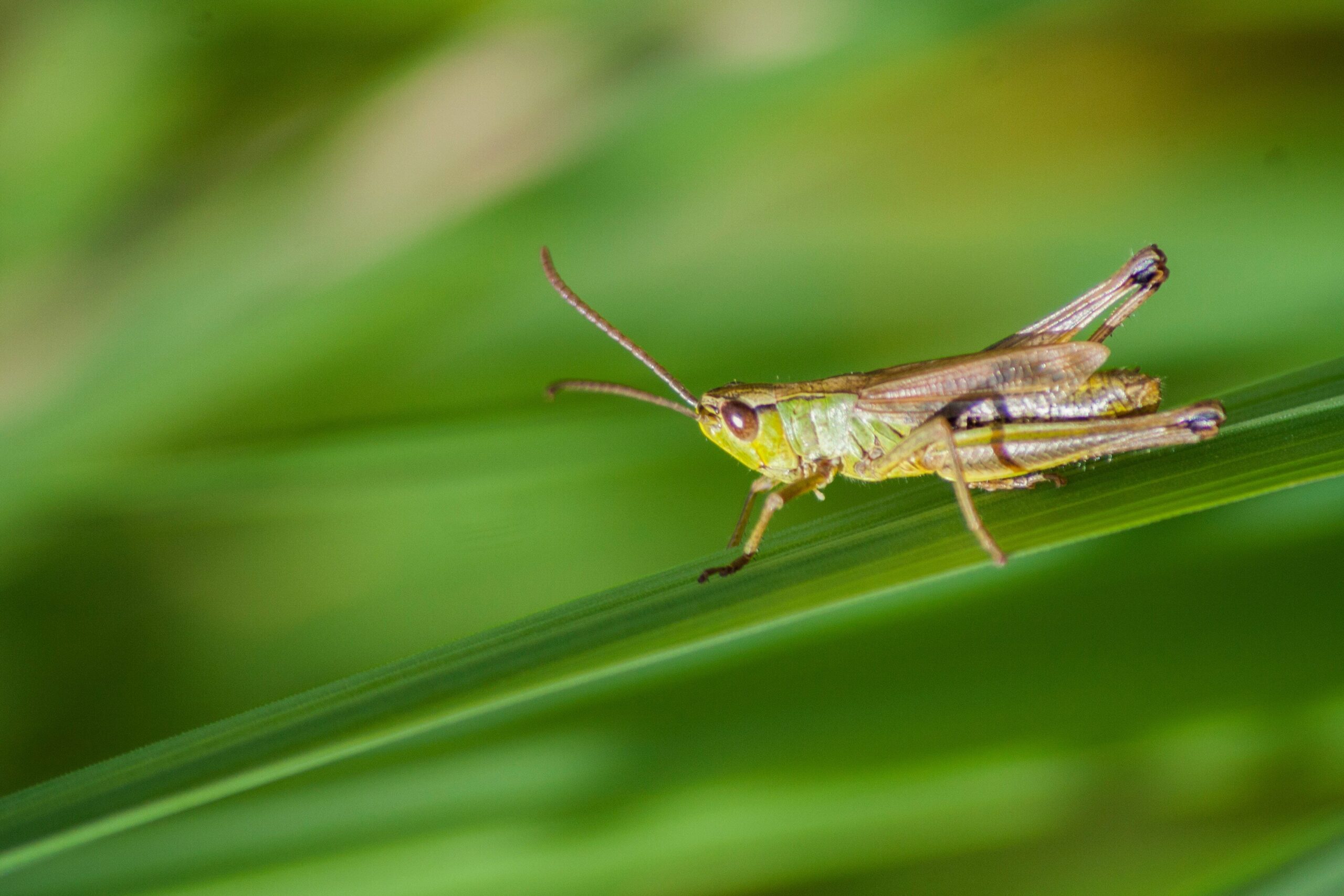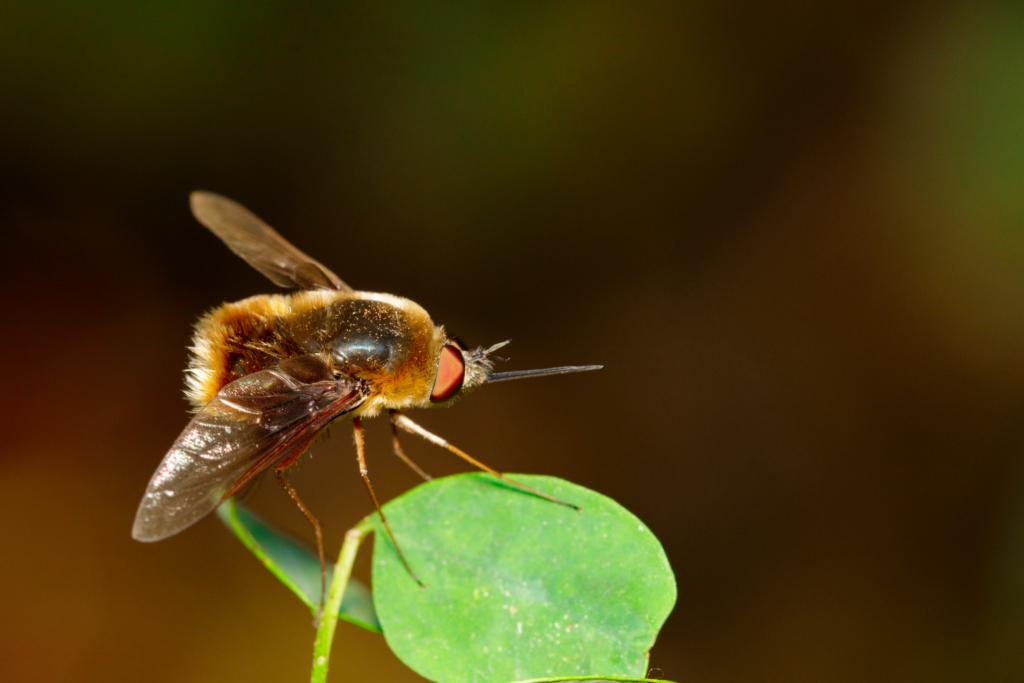Crop Scouting for Insects
June 2, 2025
Crop scouting for insects involves a lot of planning and prep work before stepping foot into the field, but being armed with the knowledge of a certified agrologist can make it easy and straightforward. We talked to P&H agrologist Jacylyn Gibson to learn about how to create an insect management strategy that works for you, your crops, and the environment.

Taking stock of the situation
An insect management strategy can be defined, for the most part, by answering a few questions:
- Which crops are being grown?
- What are the potential insect pressures based on the crop, as well as the area they’re being grown in?
- At what point in the season would these insects cause potential harm to the crops?
- To get an accurate read of the population, what time of day are the insects most active?
For example, a farmer growing wheat and canola in southern Saskatchewan might be on the lookout for flea beetles and grasshoppers. Crop injury is most severe early in the season as the plants are emerging. For canola, scouting for flea beetles is most crucial before the the three-leaf stage. And flea beetles are most active when it’s warm and calm, while grasshoppers feed in the morning when it’s cooler.
A farmer in the same area growing lentils or peas may check for pea leaf weevils or pea aphids. In southern Saskatchewan, they may also be on the lookout for grasshoppers, as dry conditions over the last several seasons have led to consistent pest pressures. Pea leaf weevils cause damage in early growth stages while aphids and grasshoppers cause damage during early flowering.

Based on your answers and recommendations from your local P&H agrologist (around factors such as pest pressures and economic thresholds), you can then determine the best crop scouting plan for your operation. Most scouting programs recommend once-a-week checks, and, depending on the time of season, it may be a good idea to increase frequency. During full flower for lentils, for example, you may want to check for aphids more often.
Knowing what insects are helping or harming
Applying insecticides without taking beneficial insects into consideration can do more harm than good, as not all insects cause damage to crops. An effective insect management strategy considers the importance of and takes care not to harm beneficial insects.
Beneficial insects fall into two categories: pollinators and predators/parasitoids. Pollinators are especially valuable for flowering crops like lentils, chickpeas, canola, and flax, which are not self-pollinating. Honey-bees, bumble bees, butterflies, and moths are just a few examples of pollinators in Canada.
Predators and parasitoids help keep pest populations in check. Lady beetles, also known as ladybugs, are natural predators of aphids, and bee flies are predators of grasshoppers and cutworms.

Check out available resources
Canadian farmers have access to extensive resources on insects – both pests and beneficials. Your local P&H agrologists can recommend resources that are most relevant to your area. Here are some sources that are helpful to crop scouting:
- The Prairie Pest Monitoring Network, which has timely and prairie-specific information from entomologists across Alberta, Saskatchewan, and Manitoba.
- Crop protection guides from provincial governments, which we recommend every farmer have in their sprayer.
- The Field Heroes Pests & Predators Field Guide from the Western Grains Research Foundation, which has information on crops, common pests (what they look like and how to find them), and the predators and parasitoids of those pests.
Provincial governments also provide resources such as surveys and risk maps on pests like grasshoppers, diamondback moths, Bertha armyworms, pea leaf weevils, wheat stem saw flies, and wheat midges. We recommend that, when asked, farmers allow researchers to survey their lands to help keep these resources as accurate as possible.
The crop scouting checklist
Now that you’re ready to head out into the field, here are some tools we recommend bringing with you:
- A sweep net;
- a small shovel or trowel;
- a hand light or head lamp;
- a field guide with photos, such as one of the resources above;
- and a small container for samples, like an old pill bottle.
The fine line of insecticide application
The most important part of adding insecticides to your insect management strategy is to be intentional about application. A broad application of insecticide may kill pests, but harm beneficials. It’s critical to properly identify the pest as well as beneficials and determine whether the crop is at a stage that makes it susceptible to damage and/or economic loss. If a spray application is necessary, your local P&H agrologist can help you find products to target specific pests.
Visit your local P&H to get started on your insect management strategy today.